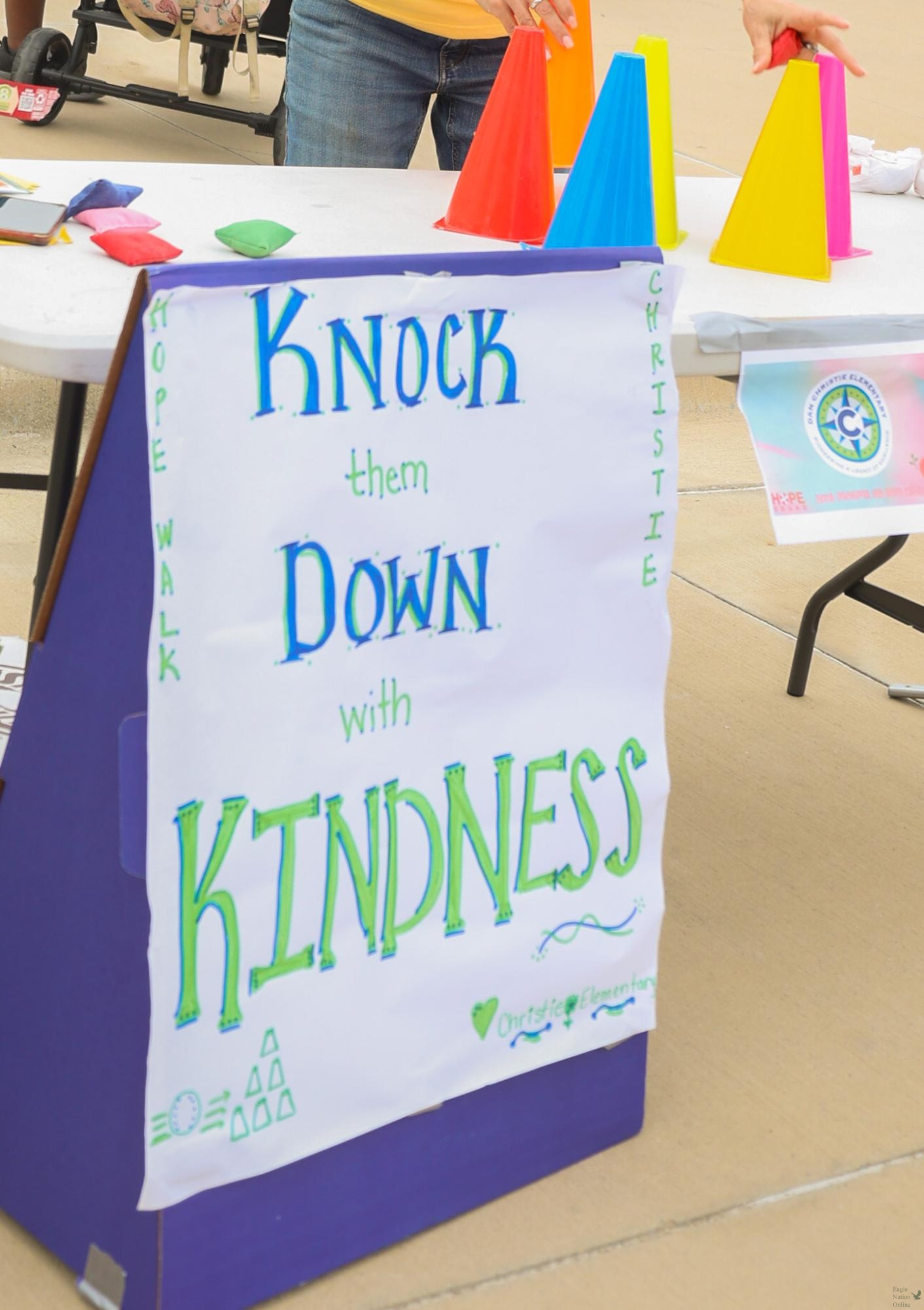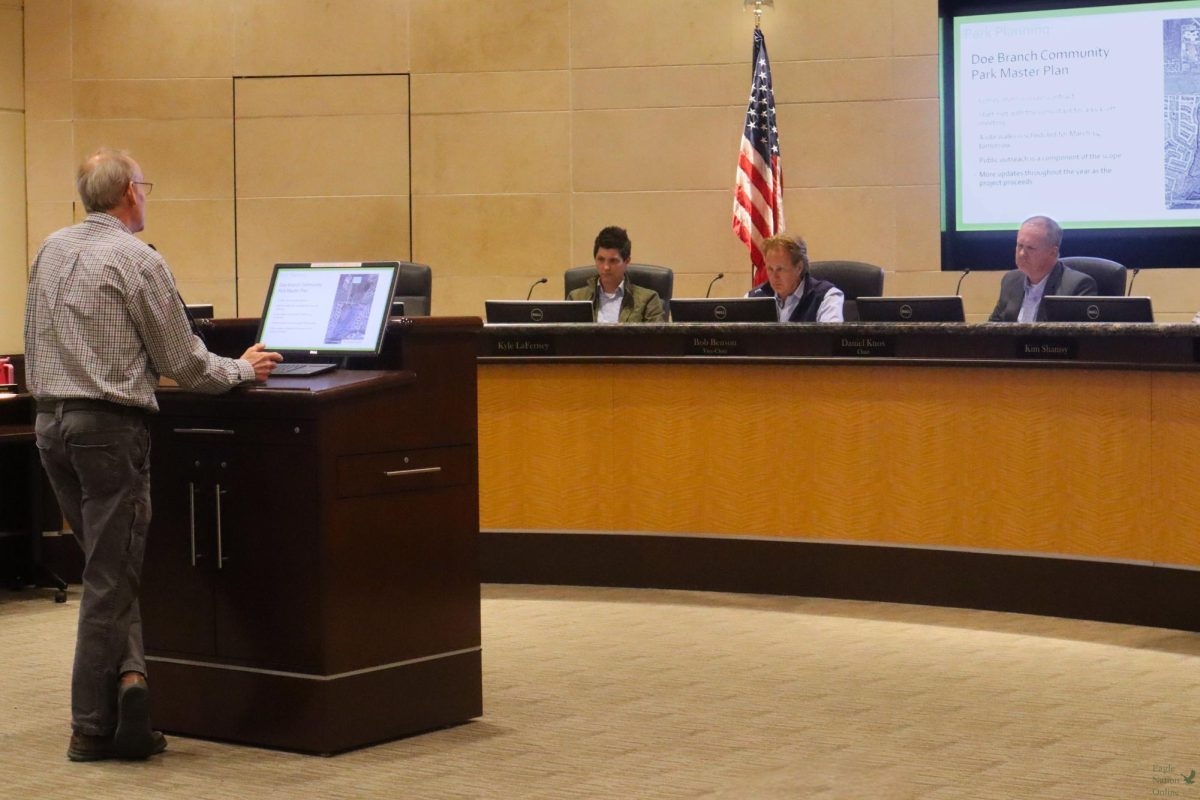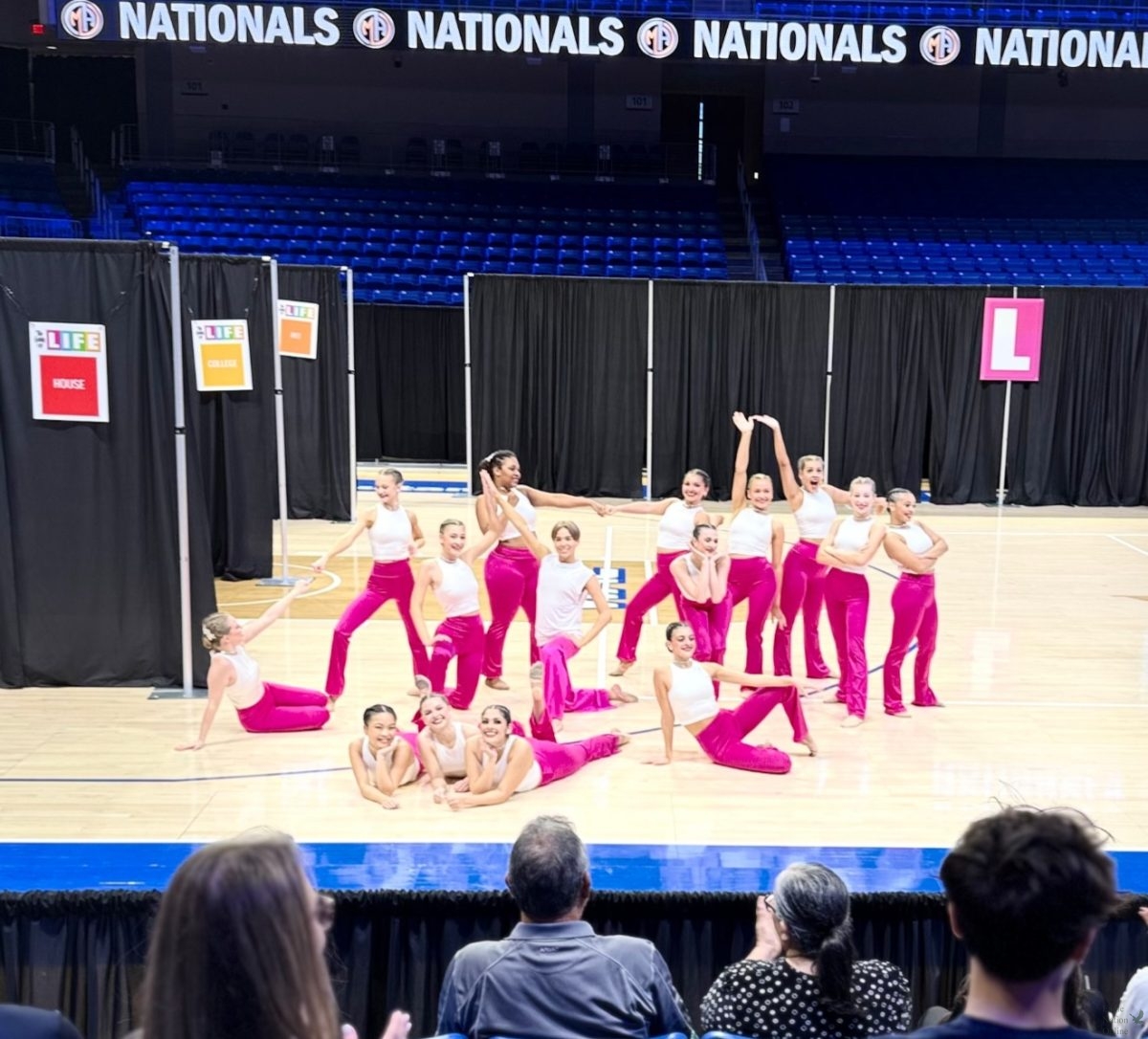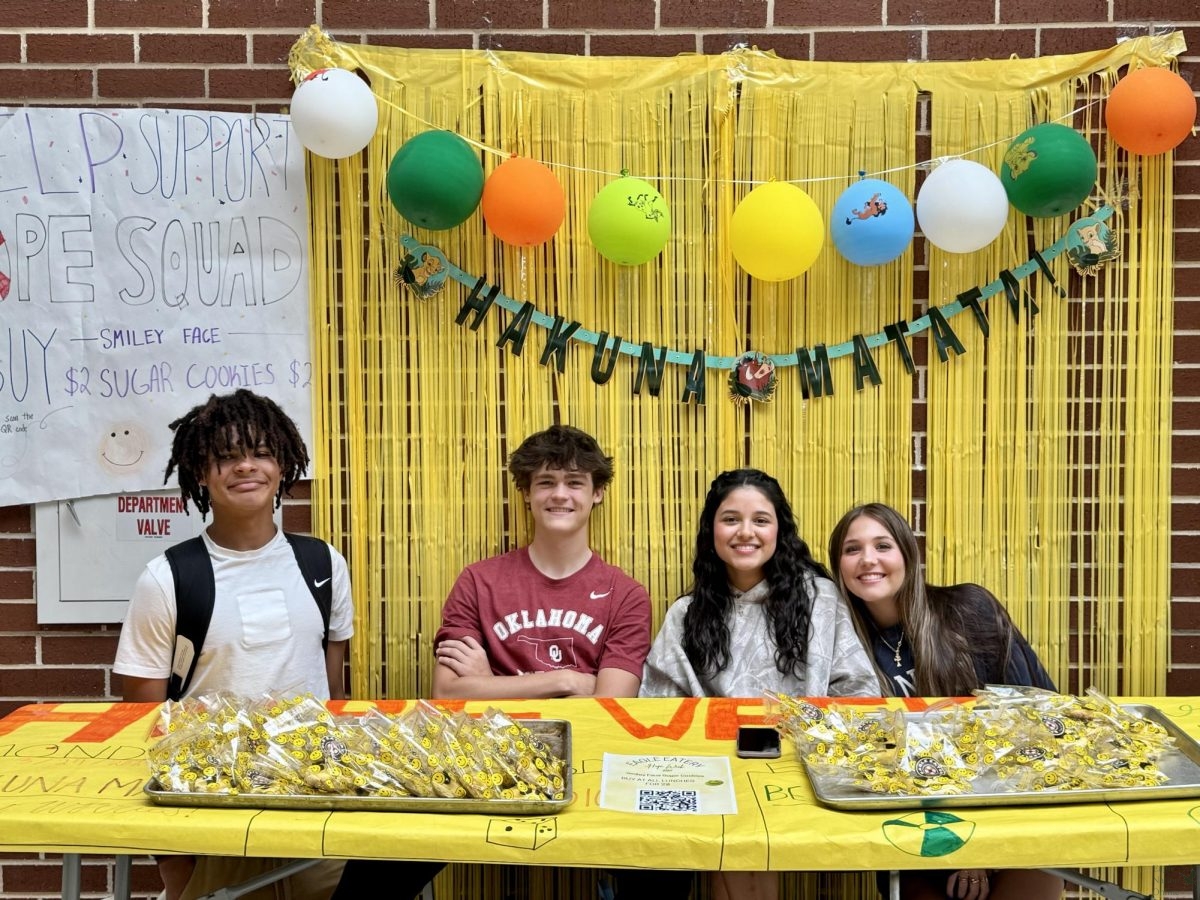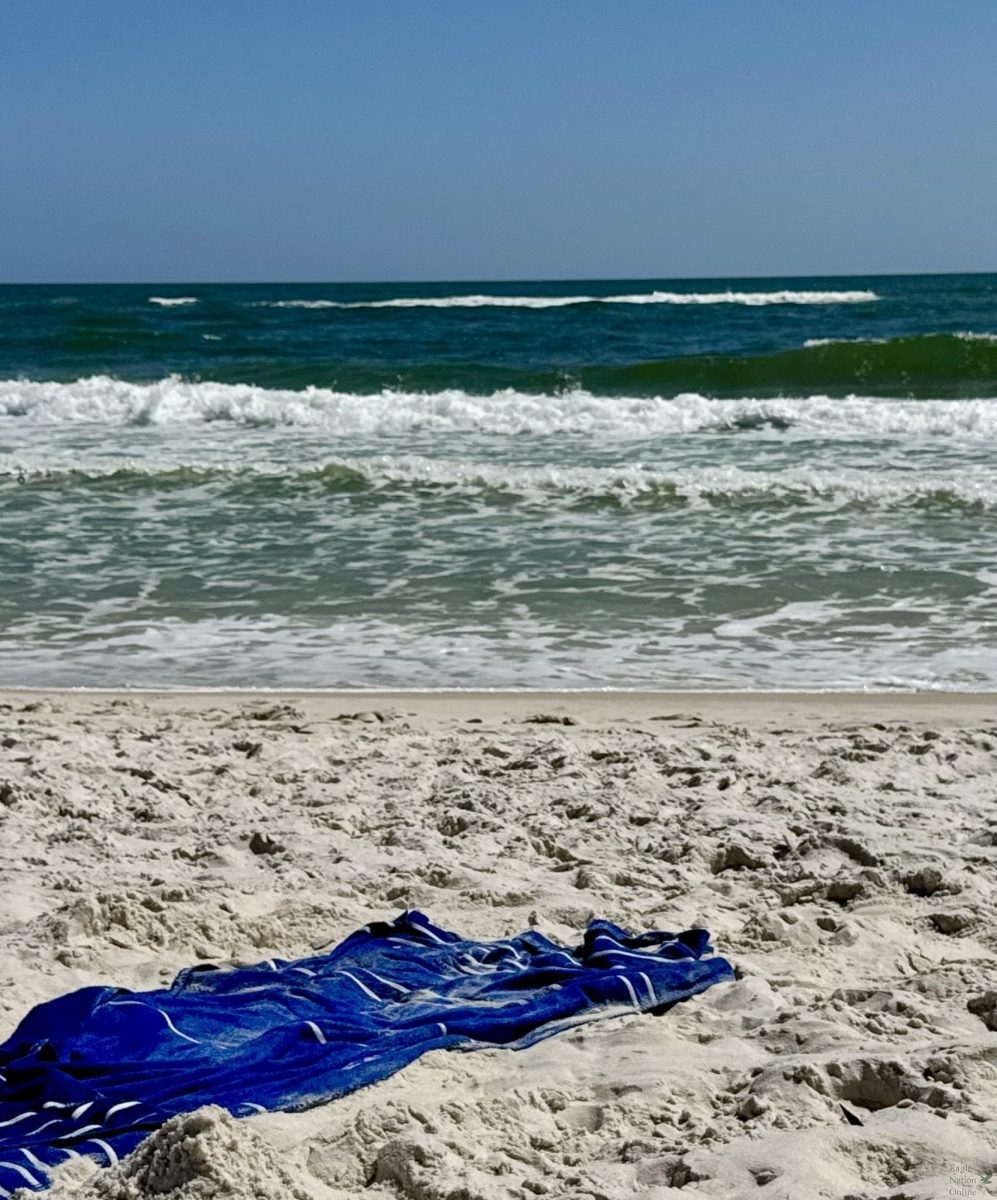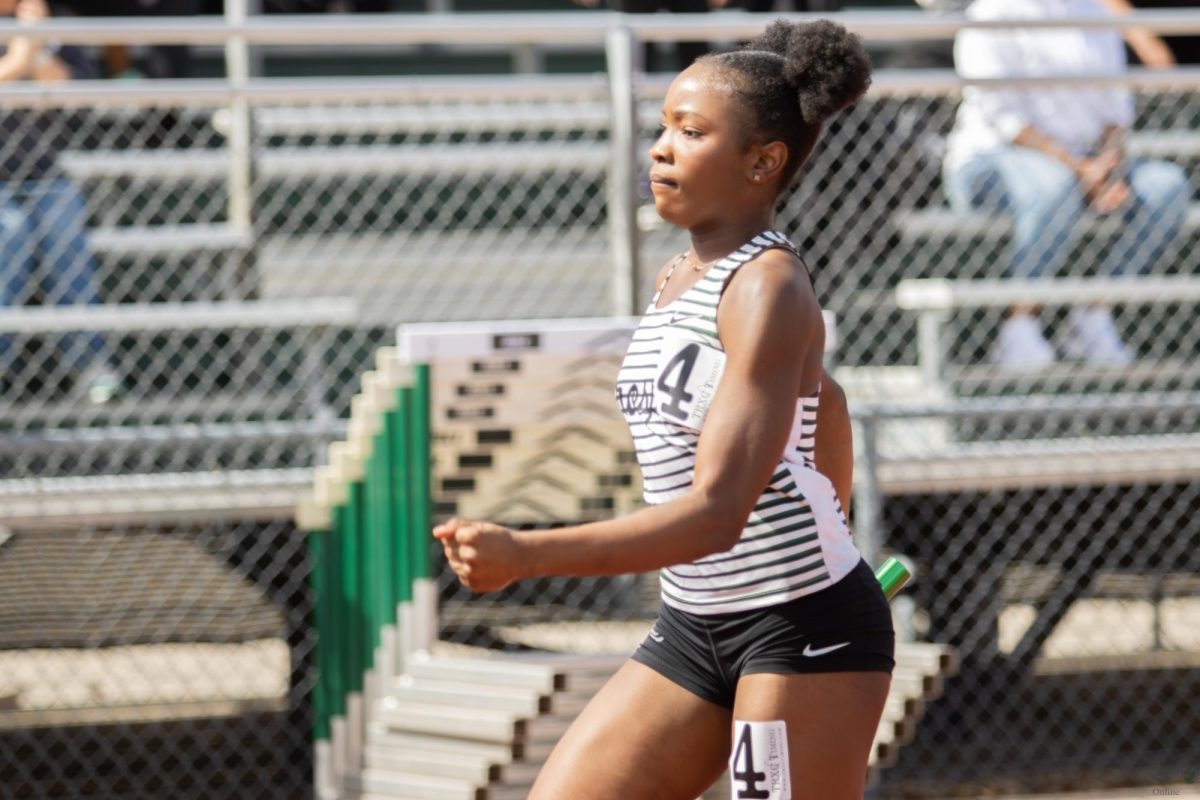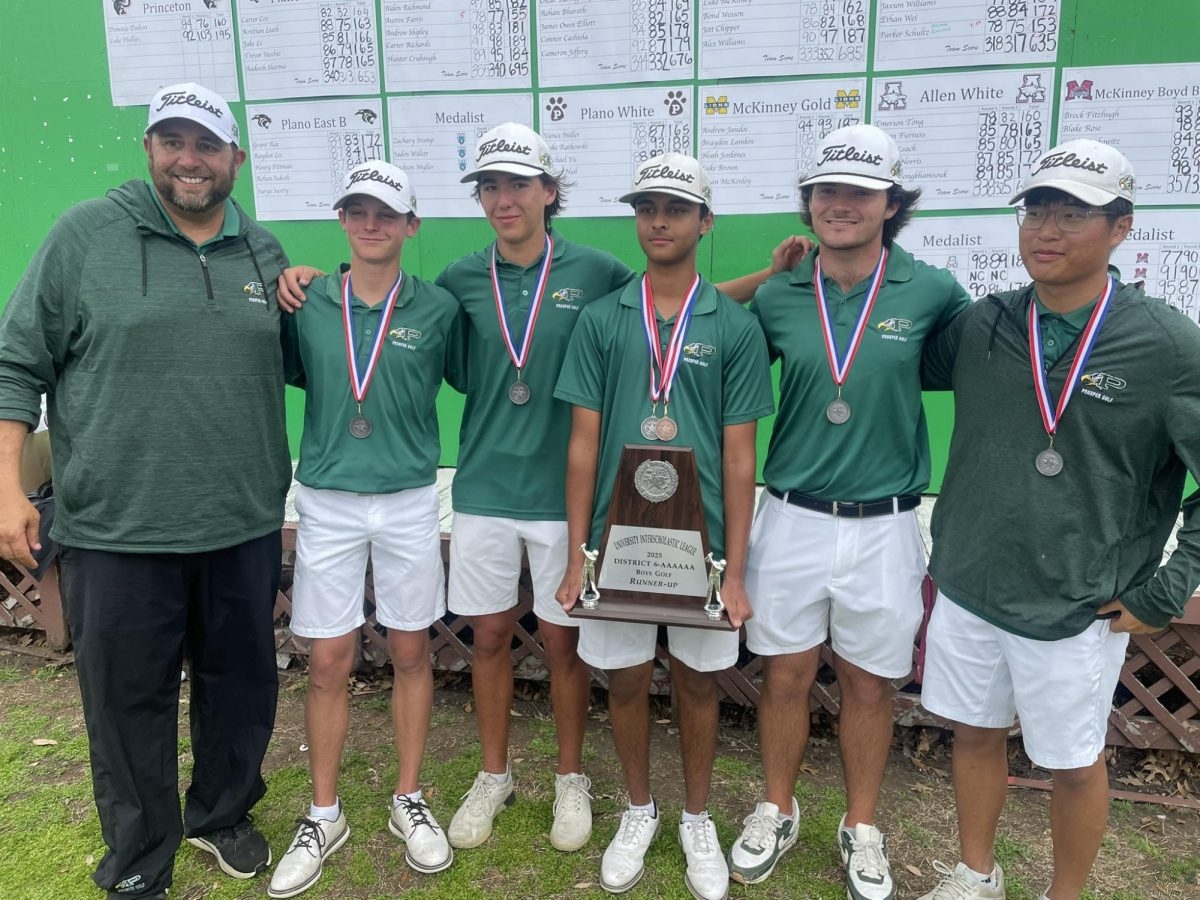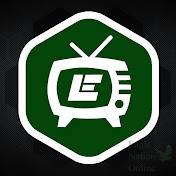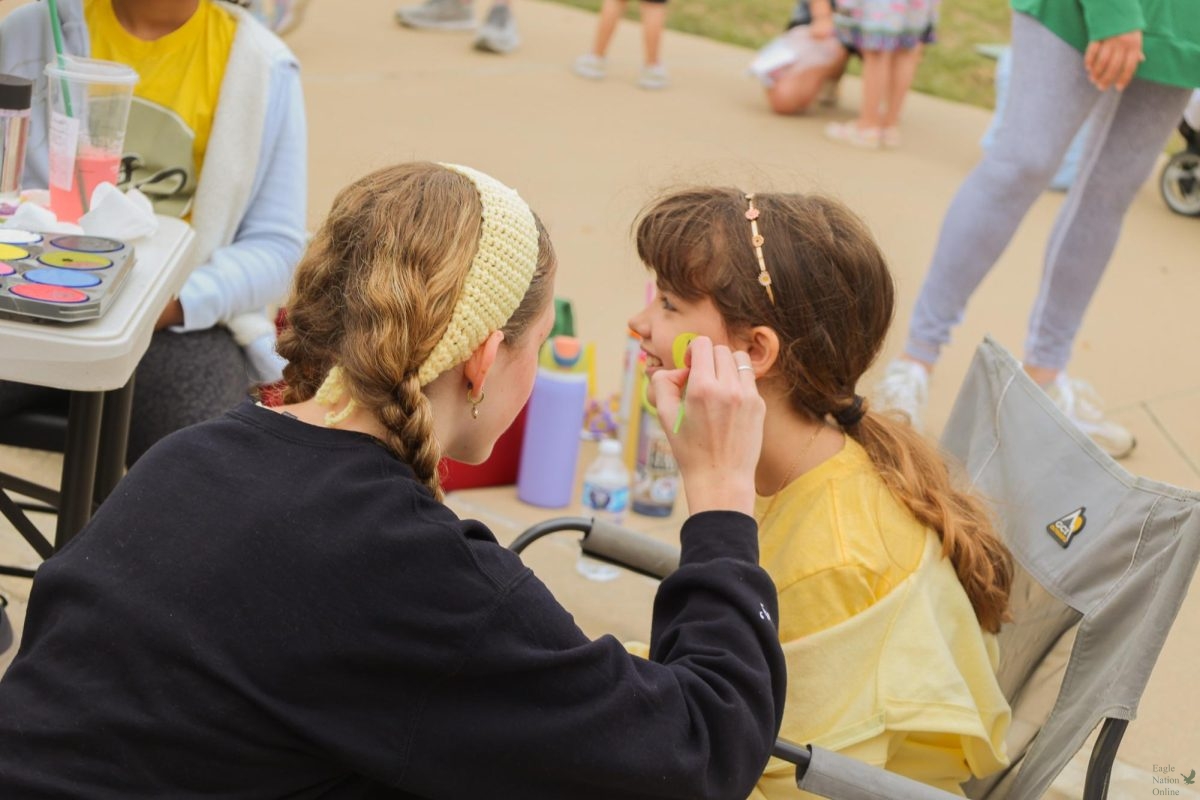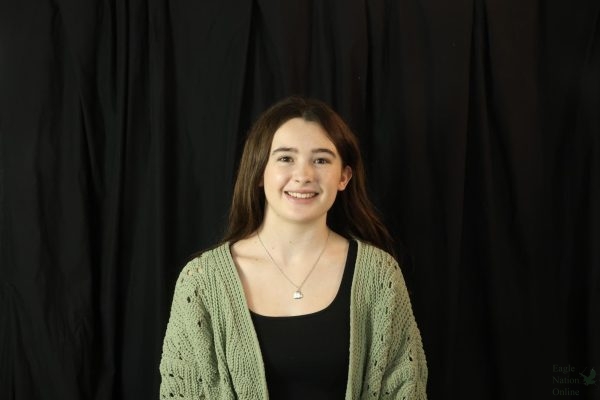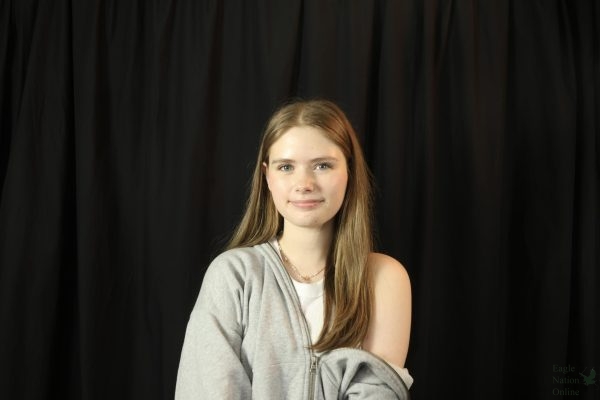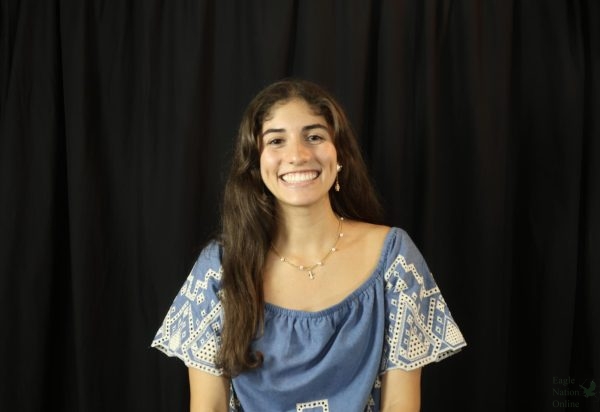One death every eleven minutes.
More than 49,000 deaths a year.
Room 1237 strives to bring the number down to zero.
Established in all Prosper ISD schools in 2019, Hope Squad is a peer-to-peer suicide prevention program. Its goal is to prevent suicide and help teach the community about mental health.
“What inspired me to become a Hope Squad member was to spread awareness,” freshman, Hope Squad member Audrey Nielsen said. “I know several people that just don’t care about like mental health, and they just think that mental health is just like a fake thing. And so I’m in Hope Squad to show that mental health really matters and that everybody should take mental health seriously.”
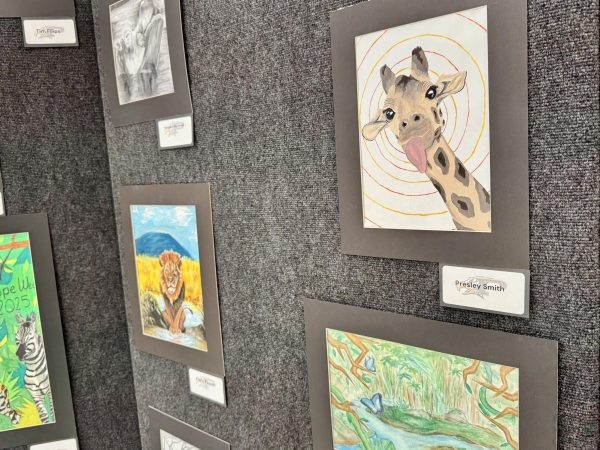
Hope Squad is a national organization founded by Dr. Gregory A. Hudnall, a former high school principal in Utah. After experiencing one to two deaths annually from youth suicides in the Provo City School District for over 12 years, he decided to create the Hope Squad Task Force, which turned into the Hope Squad program we know today.
“Hope Squad has greatly increased my ability to understand how other people show emotions and how each person can process grief differently,” past Hope Squad member, junior Kadielyn Kopil said. “During my time as a member, I learned so much about how to help other students with their mental health, as well as my own, when I deal with my anxiety. Hope Squad is a meaningful program that allows you to change your perspective on helping others.”
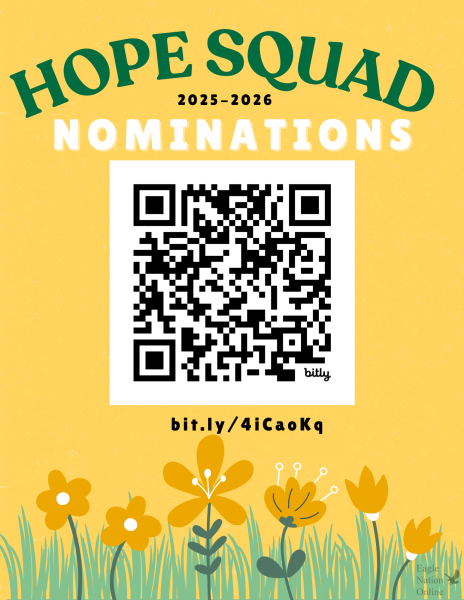 Hope Squad members receive diligent training weekly either from their sponsor, Laura Mauldin, or from guest speakers regarding the warning signs of suicide, dealing with life changes, and mental health disorders. An aspect of their training is QPR certification, which stands for Question, Persuade, and Refer/Respond.
Hope Squad members receive diligent training weekly either from their sponsor, Laura Mauldin, or from guest speakers regarding the warning signs of suicide, dealing with life changes, and mental health disorders. An aspect of their training is QPR certification, which stands for Question, Persuade, and Refer/Respond.
“I teach the kids to ask the question of, ‘Are you having suicidal thoughts?'” Mauldin said. “And then persuade is essentially telling that person, ‘Hey, I want to get you help.’ And so we give them some sort of outlet to help, which we then get to the next one, which is refer. So some kids are referred to me, and I’ll talk to them in the hallways and just kind of chat with them about what they’re going through. Some kids go straight to the counselors. It just kind of depends on what their situation is and what their process looks like.”
Yellow is the national color for suicide prevention and is worn on Wednesdays to represent breaking the stigma on mental health. Other events are hosted to show support for suicide prevention, such as the annual Hope Walk that took place last Saturday.
“(The Hope Walk) is like, just a good way to start your Saturday because, one, you’re with your community,” freshman, Hope Squad member Zoe Greenlee said. “Two, you get to learn about, like, all the Hope Squad people (and you get to learn), like, about people’s personal experiences with Hope Squad and stuff like that.”
Mauldin became the sponsor because she said it was a great opportunity to not just reach the kids in her classroom but the entire school as well.
“It helps you really get involved with other organizations (who are) kind of being there to help their kids,” Mauldin said. “And then I’ve had a lot of friends who struggle with suicidal thoughts, so I just really wanted to be involved because of that.”
Mauldin describes herself as the facilitator for Hope Squad.
“So I really just get the kids’ dreams, you know, to life, whether it’s how they want to do big events or how they want to involve the staff or the community, or what lunch activities they want to do,” Mauldin said. “And so I pretty much just facilitate everything for the kids and organize everything for the kids.”
Suicide-related topics aren’t the only subjects taught during first and sixth period.
“We also talk about, like, how to be a better person and kind of how to be a better leader, and like, your friendships and stuff like that, and just know what to do in certain situations,” Greenlee said. “So that kind of helped me, like, learning how to be a better leader through, like, learning how to react in certain situations. Not just like people thinking (about) suicide, but like, just like when there’s like, an argument or something, how to like not to try and stop it, but just how to like, defeat it.”
Hope Squad represents more than just the school.
“Hope Squad is there as an organization to represent our community,” Nielsen said. “Recently, we collected 200 community service hours (combined). We all went to our own individual places and volunteered for a couple of hours and gave our time to interact with the community.”
To join the program, students nominate peers who they find trustworthy and approachable. Greenlee has been a member for two years, serving in seventh grade and her freshman year – the fun atmosphere made her want to rejoin again this year.
“I made a really good friend, like one of my best friends, she was in Hope Squad with me my seventh grade year, and we’re still friends,” Greenlee said. “There’s just like – it’s just a good community to be around, because all the people that are in Hope Squad are such good people, and they’re so sweet. And I was like, I would love to be a part of that again.”
Despite the hefty time commitment, Greenlee thinks Hope Squad is an experience worthy to join.
“I want to help other people learn how they can help other people,” Greenlee said. “So like, even like people that aren’t in Hope Squad, I want people to also be able to help and know how to help people that might need help.”
For those who are struggling with suicidal thoughts, resources such as tip411, Hope Squad, and student support counselor Stephanie Clayton are available for help.
“If you care about like making a difference, and helping others, then you should (join Hope Squad),” freshman, Hope Squad member Ali Bray said. “You don’t have to have all the answers. You should just be willing to help.”





